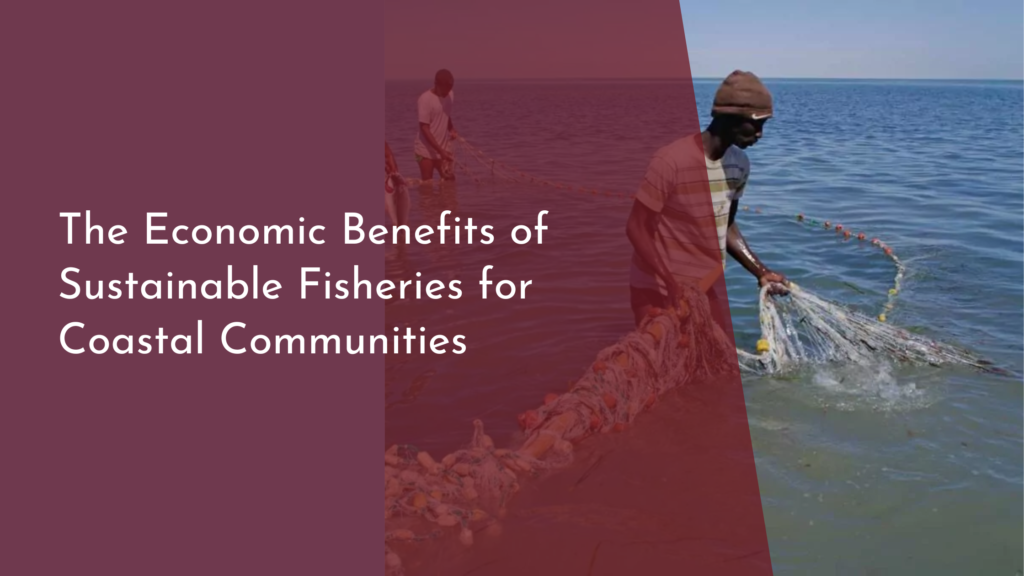Urban Forestry and Vertical Farming Integration
Urban areas are often characterized by concrete jungles, overwhelming traffic, and limited green spaces, leading to various environmental challenges. However, the innovative integration of urban forestry and vertical farming is transforming the way we think about city landscapes. By harmonizing nature with technology, cities can enhance their ecological resilience while providing sustainable food sources. This article explores the symbiotic relationship between urban forestry and vertical farming, highlighting their benefits, innovative techniques, and future prospects for healthier urban living.
Exploring the Synergy of Urban Forestry and Vertical Farming
Urban forestry involves the cultivation and management of trees and green spaces within cities. When combined with vertical farming—an innovative agricultural practice that uses vertically stacked layers to grow crops—these two concepts create a powerful synergy. Vertical farms can benefit from the cooling effects of nearby trees, which help regulate temperature and humidity, fostering an ideal environment for plant growth. In turn, urban forestry can thrive with the nutrient-rich runoff from vertical farms, where organic waste is recycled into compost or natural fertilizers for local trees and vegetation.
Moreover, both urban forestry and vertical farming play crucial roles in enhancing biodiversity in metropolitan areas. By introducing a variety of plants and trees to urban environments, we not only create habitats for wildlife but also improve the overall health of the ecosystem. This complementary relationship helps restore balance in urban areas, fostering a sustainable environment where both food production and natural beauty coexist harmoniously.
Benefits of Integrating Green Spaces in Urban Environments
The integration of green spaces, such as urban forests and vertical farms, offers numerous benefits for city dwellers. First and foremost, these green areas significantly improve air quality by filtering pollutants and producing oxygen. Trees and plants act as natural air purifiers, leading to healthier urban atmospheres that can help reduce respiratory issues among the population. Furthermore, the presence of green spaces has been shown to enhance mental well-being, providing residents with serene environments that promote relaxation and social interaction.
In addition to psychological and health benefits, the combination of urban forestry and vertical farming can contribute to food security. Vertical farms can produce fresh, nutritious food year-round, regardless of external weather conditions, while urban forests can yield edible fruits, nuts, and herbs. This accessibility to locally grown food not only reduces the carbon footprint associated with transportation but also fosters community engagement and education around sustainable practices. The presence of green spaces helps build a more resilient urban community that thrives on collaboration and local resources.
Innovative Techniques for Thriving Urban Ecosystems
As cities embrace the integration of urban forestry and vertical farming, innovative techniques are emerging to maximize their potential. One promising method is agroforestry, which combines traditional forestry practices with agricultural techniques. By planting trees alongside crops in vertical farms, urban planners can create microclimates that enhance plant growth while also offering shade and wind protection. This approach promotes biodiversity, improves soil health, and increases overall productivity, showcasing the benefits of blending agricultural practices with urban forestry.
Another exciting development is the use of advanced hydroponics and aquaponics within vertical farms. These soilless farming systems utilize nutrient-rich water to grow plants, while aquaponics incorporates fish as a natural fertilizer source. By integrating these systems with urban forestry, cities can create self-sustaining ecosystems where waste from one component provides resources for another. This circular approach not only maximizes space but also reduces resource consumption, allowing urban areas to become models of sustainability and innovation.
Future Prospects: A Greener, Healthier City for Everyone
Looking to the future, the integration of urban forestry and vertical farming holds immense potential for creating greener, healthier cities. As urban populations continue to grow, the need for sustainable food sources and green spaces will only increase. Policymakers and urban planners are beginning to recognize the importance of prioritizing nature in city design, leading to initiatives that support the establishment of urban forests and vertical farms. The growth of these projects can significantly contribute to mitigating the effects of climate change and urban heat islands, ultimately fostering resilience in city ecosystems.
By embracing these innovative practices, cities can envision a future where lush greenery and urban agriculture thrive side by side, enriching the lives of residents and the environment alike. As communities work together to cultivate these green spaces, they will not only enhance their quality of life but also inspire a new generation to prioritize sustainability. The integration of urban forestry and vertical farming is a step toward a brighter, more vibrant future for urban living—one where everyone can enjoy the benefits of nature, regardless of where they call home.
The integration of urban forestry and vertical farming is not just a trend; it is a necessary evolution in the way we design and interact with our cities. This fusion of green spaces and innovative farming techniques promises to create healthier, more vibrant urban environments that benefit both people and the planet. By investing in these sustainable practices, we can foster a sense of community, enhance biodiversity, and ensure food security for future generations. Embracing this vision means championing the green revolution in urban areas, paving the way for a flourishing world where nature and technology work hand in hand. Let’s grow together!

